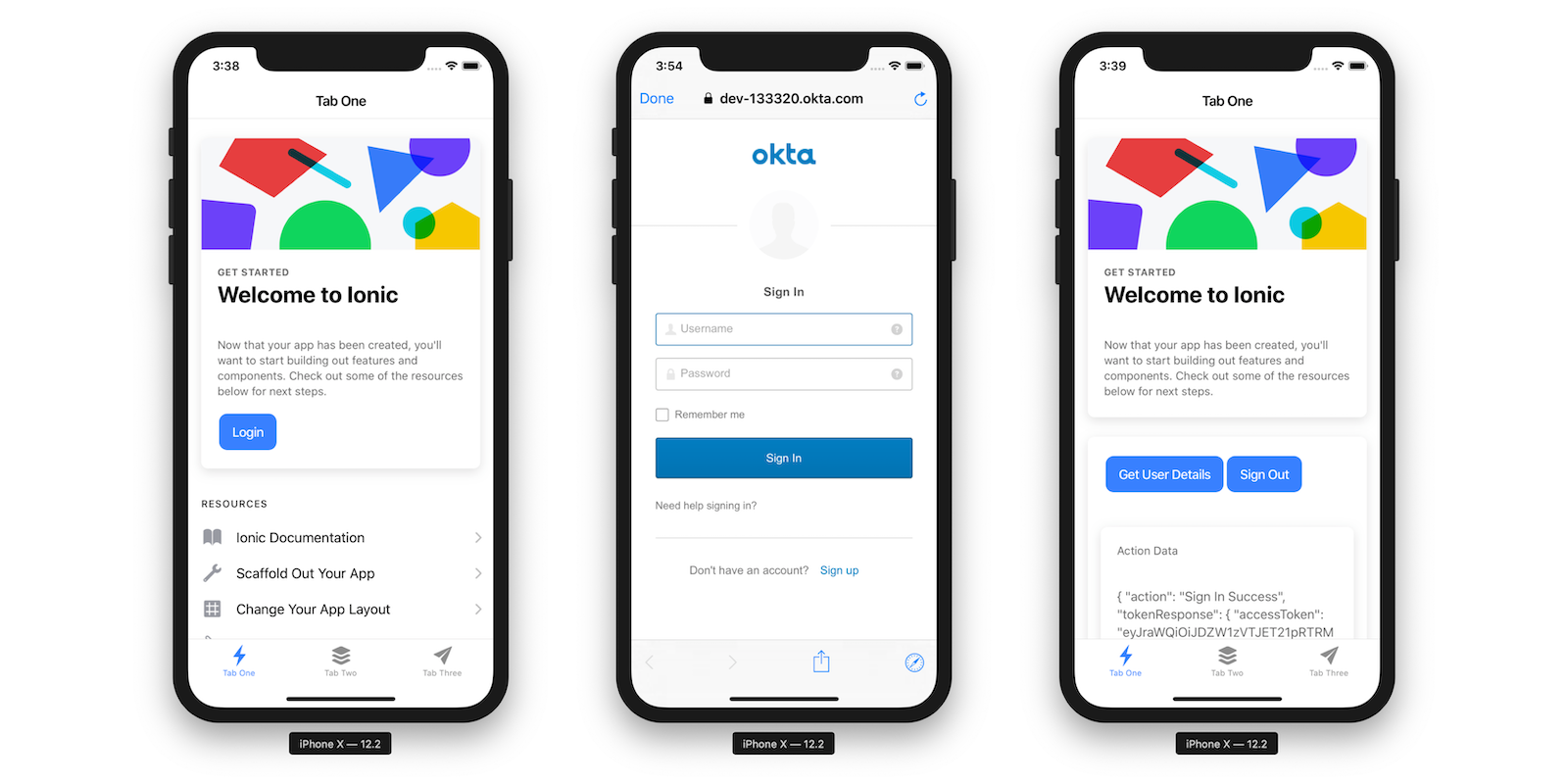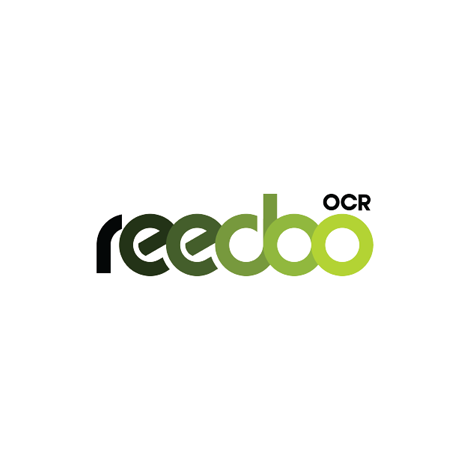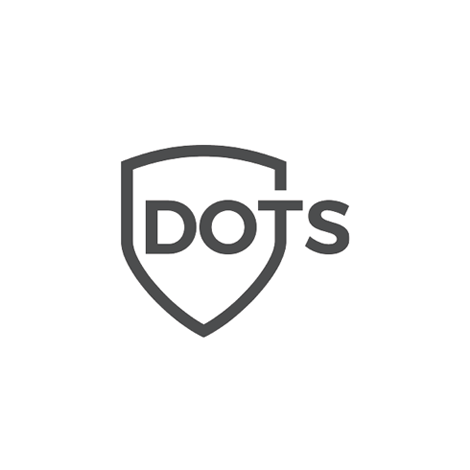What is Ionic App Development?
Ionic is an open-source UI software development kit for cross-platform app development (Android, IOS). Ionic uses standardized web technologies like HTML, CSS, and JavaScript. Those familiar with web development can create apps and add them to an app store.
The first versions of Ionic were coupled with Angular. Later versions use web components that pair with additional popular JavaScript frameworks, including Angular, React, or Vue.
Ionic was created in 2013. It is the world's most popular cross-platform mobile development technology stack. Since its creation, over five million apps have been developed using Ionic 3. Ionic modules are available via npm. It requires Node.js installed to function as part of a larger JavaScript ecosystem.
Ionic Features
Ionic allows frontend developers to create web pages that run inside WebView and in a browser. WebView is an app component that renders web pages and displays them as native apps.
Ionic also makes use of Apache Cordova plugins. Cordova is a tool for building mobile apps using web technologies. It relies on its own APIs instead of platform-specific ones.
Cordova provides these APIs as plugins to access native functions like built-in camera, gyroscope, or sensors. Apache Cordova gives Ionic apps access to native APIs. It acts as a bridge between WebView and the device’s operating system.
Performance using Lazy Loading
Lazy loading is a simple but powerful concept, and it is something I would advise all developers use. The basic idea is that rather than loading your entire application on boot, it will only load what is required at the time (i.e. it only loads what is necessary for your first page). Additional resources can be preloaded in the background after the application has booted, or loaded on demand (only if they are accessed).
Supported platforms
For Android, Ionic supports Android 4.4 and up. For iOS, Ionic supports iOS 10 and up.
Advantages
- Developer friendly. Ionic makes it easy to build an app without having to learn new skills. (That is, if you’re a web developer, you can build an app without having to learn languages like Swift for Apple or Kotlin for Android.) You also don’t have to hire native developers when creating apps for Android or Native, unless you need something custom.
- It’s flexible. Ionic is very flexible because it's built on standardized web technologies. This means it’s easy to customize the look and feel of an application with just HTML and CSS modifications. You can create the user experience you want your customers to have, as well as make updates along the way as you get feedback about what customers want.
- One codebase, multiple apps. Ionic can build multiple apps from one codebase. An app developed on Ionic isn’t at the whim of a single platform vendor. When clients want a new app. Ionic can also save on resources, as well as clients’ money and time. Apps built on web technologies are also future proofed. They don't have to keep up with the latest device operating system.
- Tools with native compatibility. Ionic’s team offers a library of components and plugins including front-end building blocks, UI components, common app icons, and more. These plugins let developers connect to native APIs like Bluetooth, GPS, or a built-in camera without having to build custom integrations. A potential downside of this is that if there isn’t a plugin for something you want, you will have to create it.
- Extensive choice of UI elements and quick prototyping. Ionic mimics the look and feel of a native application because of its UI components library. These components can be used as readymade elements to construct a graphic user interface, or can be customized. With web components, Ionic speeds up the process of developing UI logic and retaining native looks without extra costs.
Disadvantages
- Native plugins aren't stable and can conflict with each other, but necessary to solve lack of features available in Ionic by default.
- Debugging of an application built on Ionic can be challenging and requires more time because of unclear error messages.

إضافة تعليق جديد













